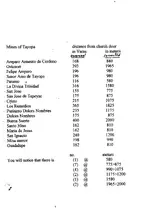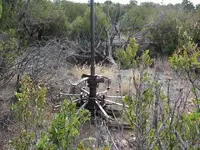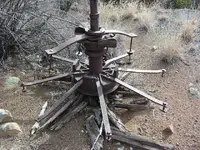Oroblanco
Gold Member
- Joined
- Jan 21, 2005
- Messages
- 7,841
- Reaction score
- 9,876
- Golden Thread
- 0
- Location
- DAKOTA TERRITORY
- Detector(s) used
- Tesoro Lobo Supertraq, (95%) Garrett Scorpion (5%)
Thanks, Joe. I know it's not a popular stance to doubt the legends, but that's where the evidence and logic lead me.
I beg to differ, it is EXTREMELY popular to doubt ALL treasure legends and especially anything Jesuit. If you doubt that simply take a spin through some of the old posts here. I would also suggest for you to read the Wealth of the Jesuits in Mexico 1767, published by a Catholic book publisher originally and available online. It lists some of the mines owned openly by the Jesuits, and in the fine print take note that some of the 'haciendas' listed, are actually MILLS for processing ores.





 ? It is on the banks of a barranca, you can still the origional portal, it hadn't collapsed, but the workings behind it had collapsed - whether from the Spaniards or subsequentt finders taking the support pillars out or ?? ,
? It is on the banks of a barranca, you can still the origional portal, it hadn't collapsed, but the workings behind it had collapsed - whether from the Spaniards or subsequentt finders taking the support pillars out or ?? ,




 :Coffee2:
:Coffee2: